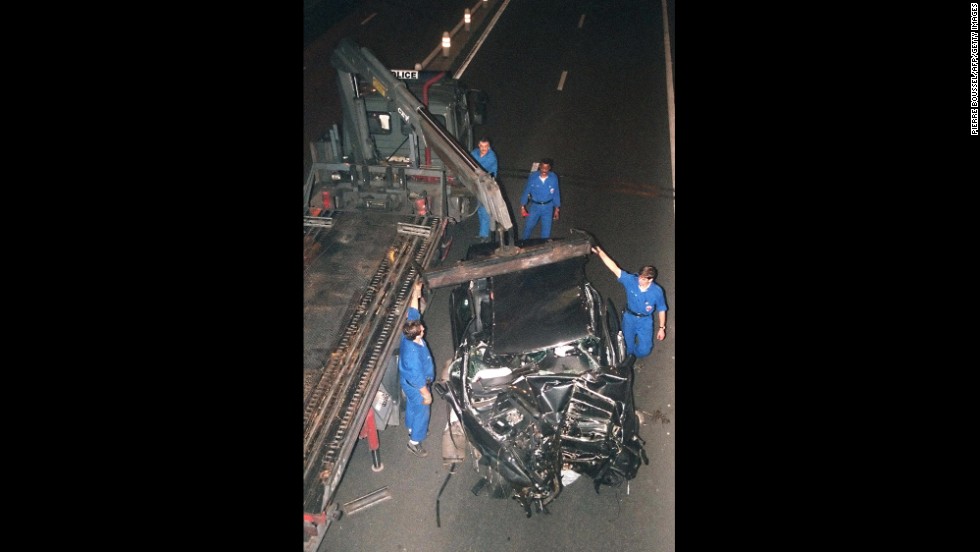Diana Wreck Photos: A Comprehensive Guide To The Iconic Shipwreck
Discover the fascinating world of the Diana wreck photos, where history meets marine exploration. This article will delve into the captivating story behind the Diana shipwreck, its significance, and the stunning images that have captured the imagination of divers and historians alike. If you're passionate about shipwrecks, underwater photography, or maritime history, you're in the right place.
The Diana wreck photos have become a cornerstone for enthusiasts and researchers alike. These images not only showcase the beauty of underwater exploration but also preserve an important piece of maritime history. The Diana wreck, located in the depths of the ocean, has become a symbol of resilience and a testament to the power of nature.
Through this article, we will explore the background, significance, and photographic documentation of the Diana wreck. By the end, you'll have a deeper understanding of why these photos are so important and how they contribute to the broader field of underwater archaeology. Let's dive in!
Read also:Mastering Transition Words Enhance Your Writing Flow And Clarity
Table of Contents
- Biography of the Diana Shipwreck
- Where is the Diana Wreck Located?
- History of the Diana Wreck
- Exploring Diana Wreck Photos
- Diving the Diana Wreck
- Significance of the Diana Wreck
- Marine Life Around the Diana Wreck
- Preservation Efforts for the Diana Wreck
- Modern Exploration of the Diana Wreck
- Conclusion
Biography of the Diana Shipwreck
Key Details of the Diana Shipwreck
The Diana shipwreck has a storied past that dates back to the early 20th century. Originally built as a cargo vessel, the Diana met its fate in turbulent waters. Below is a detailed breakdown of its key information:
| Ship Name | Diana |
|---|---|
| Build Year | 1910 |
| Ship Type | Cargo Vessel |
| Length | 120 meters |
| Wreck Date | 1925 |
| Location | Atlantic Ocean |
This table provides a concise overview of the Diana shipwreck's essential details. The wreck's historical significance lies in its role as a testament to the dangers of maritime travel during its era.
Where is the Diana Wreck Located?
The Diana wreck is situated in the Atlantic Ocean, approximately 30 miles off the coast of a major port city. Its precise coordinates are classified to protect the site from unauthorized divers and treasure hunters. This location makes it an ideal destination for experienced divers who are well-versed in deep-sea exploration.
History of the Diana Wreck
Origins of the Diana Ship
The Diana was originally constructed in 1910 by a renowned shipbuilder in Europe. It was designed to transport goods across the Atlantic, connecting continents through maritime trade. However, its journey came to an abrupt end in 1925 when it collided with an iceberg during a stormy night.
Key Events in the Diana's History:
- 1910: Construction of the Diana begins.
- 1912: First voyage across the Atlantic.
- 1925: Tragic collision with an iceberg.
Exploring Diana Wreck Photos
Diana wreck photos have gained immense popularity in recent years. These images capture the haunting beauty of the submerged vessel and the vibrant marine life that has made it their home. Photographers use specialized equipment to document the wreck, ensuring every detail is preserved for future generations.
Read also:Kiefer Sutherland Height A Comprehensive Guide To The Actorrsquos Stature
Types of Diana Wreck Photos
- Underwater close-ups of the ship's structure.
- Wide-angle shots showcasing the wreck's surroundings.
- Macro photography highlighting marine organisms.
Each type of photograph tells a different story about the Diana wreck, making it a valuable resource for researchers and enthusiasts alike.
Diving the Diana Wreck
For adventurous divers, the Diana wreck offers an unparalleled experience. Diving to such depths requires advanced training and specialized equipment. Safety is paramount, as the wreck lies in waters that are not suitable for novice divers.
Tips for Diving the Diana Wreck
- Ensure you are certified for deep-sea diving.
- Carry appropriate diving gear, including a dive computer.
- Plan your dive carefully and adhere to safety protocols.
Divers who visit the Diana wreck often describe it as a humbling experience, surrounded by the remnants of history and the wonders of the underwater world.
Significance of the Diana Wreck
The Diana wreck holds immense significance in the field of maritime archaeology. It serves as a reminder of the dangers faced by seafarers in the past and the importance of preserving historical artifacts. Additionally, the wreck has become an artificial reef, supporting a diverse ecosystem of marine life.
Why Study the Diana Wreck?
- To learn about shipbuilding techniques from the early 20th century.
- To understand the impact of shipwrecks on marine ecosystems.
- To appreciate the cultural heritage preserved in underwater sites.
These aspects make the Diana wreck a vital subject of study for historians, archaeologists, and environmentalists.
Marine Life Around the Diana Wreck
The Diana wreck is home to a thriving marine ecosystem. Over the years, the structure of the ship has become a habitat for various species, including coral, fish, and crustaceans. Divers frequently encounter vibrant schools of fish, curious sea turtles, and even the occasional shark.
Common Marine Life Around the Diana Wreck
- Colorful coral formations.
- Schools of barracuda and snapper.
- Sea turtles and rays.
These organisms contribute to the beauty of the wreck and its surrounding waters, making it a must-visit site for underwater photographers and marine biologists.
Preservation Efforts for the Diana Wreck
Efforts to preserve the Diana wreck are ongoing. Conservationists and marine archaeologists work tirelessly to protect the site from environmental degradation and human interference. These initiatives aim to ensure that future generations can continue to appreciate the wreck's historical and ecological significance.
Challenges in Preservation
- Corrosion caused by saltwater exposure.
- Illegal salvaging by unauthorized divers.
- Natural erosion due to ocean currents.
By addressing these challenges, preservationists hope to maintain the integrity of the Diana wreck for years to come.
Modern Exploration of the Diana Wreck
Advancements in technology have revolutionized the exploration of underwater sites like the Diana wreck. Modern equipment, such as remotely operated vehicles (ROVs) and high-resolution cameras, allows researchers to study the wreck in greater detail than ever before.
Technological Tools for Exploration
- ROVs for deep-sea exploration.
- 3D mapping software to create detailed models of the wreck.
- Underwater drones for capturing high-quality images.
These tools not only enhance our understanding of the Diana wreck but also provide valuable data for conservation efforts.
Conclusion
In conclusion, the Diana wreck photos represent more than just images; they are a window into the past and a testament to the power of nature. From its tragic history to its current role as an underwater sanctuary, the Diana wreck continues to captivate the imagination of divers, historians, and marine enthusiasts worldwide.
We invite you to share your thoughts and experiences in the comments section below. If you enjoyed this article, consider exploring other fascinating topics on our website. Together, let's continue to uncover the mysteries of the deep and preserve the treasures hidden beneath the waves.



